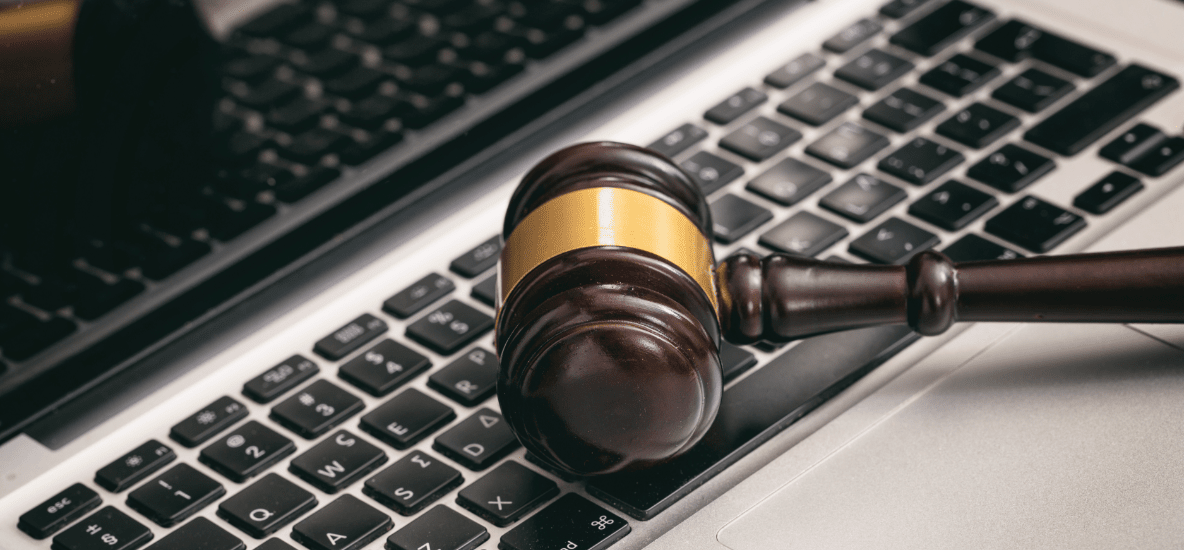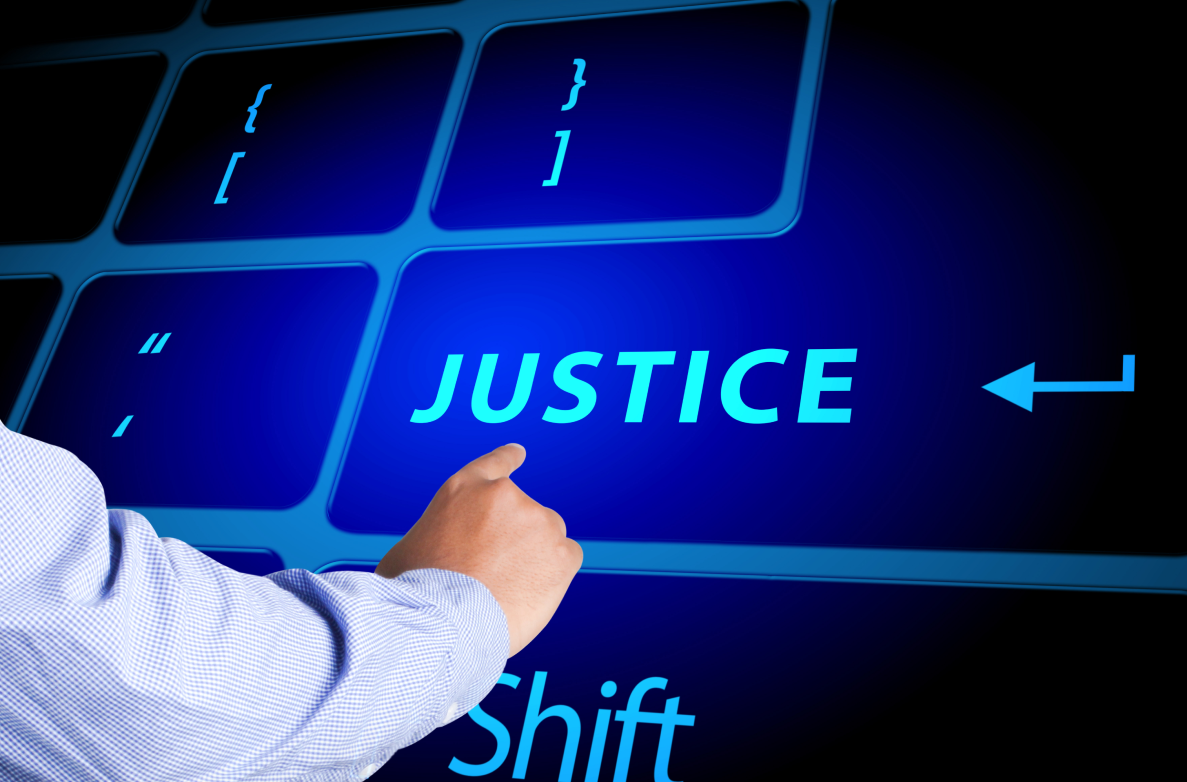Justice/Legal Tech 3 years ago
Courtroom Technologies: One of the Greatest Innovations in the Field of Law
A technologically enhanced courtroom is one of the greatest innovations in the field of law. It has the potential to transform the legal landscape when utilised efficiently

The sheer competitive edge provided by a courtroom that is fuelled by technology is all but a drop in the ocean of advantages that courtroom technologies offer – from being more cost-effective in the long run and saving ample time to making data analysis and storage procedures easier, the list is endless. Right from simple tools used in the visualisation of evidence in a courtroom, which now make it visible to a larger audience to the digitisation of legal files which makes for easier research and recall, courtroom technologies have now become the norm all around the world. In our current digitally driven world where almost everyone possesses a smartphone, developments in courtroom technology play a crucial role in retaining the attention of stakeholders effectively.
Here, we look at two examples of effectively utilised courtroom technologies in India:
- The development of LIMBS in India, a web-based application used by the country’s central government, is a milestone on this front. It provides clarity by offering real-time data and a provision of predictive analysis – effectively conserving time, money and saving users from a great deal of confusion.
- Collaboration technologies have propelled the concept of ‘connected justice’, mainly by making video conferencing in courtrooms a reality. The applications here are endless – from connecting with an expert based elsewhere to even reducing travel time, expenses and associated security risks.
Having recently witnessed the extent of courtroom technologies and its capacity to alleviate the overwhelming burden of pending case loads in the country, India, it seems is now, more than ever, more open to the immense possibilities presented by new frontiers in legal technology. The optimisation of the courtroom technologies already in existence and development of new, more adaptable ones, when used effectively, can elevate legal practice to a whole new level.



